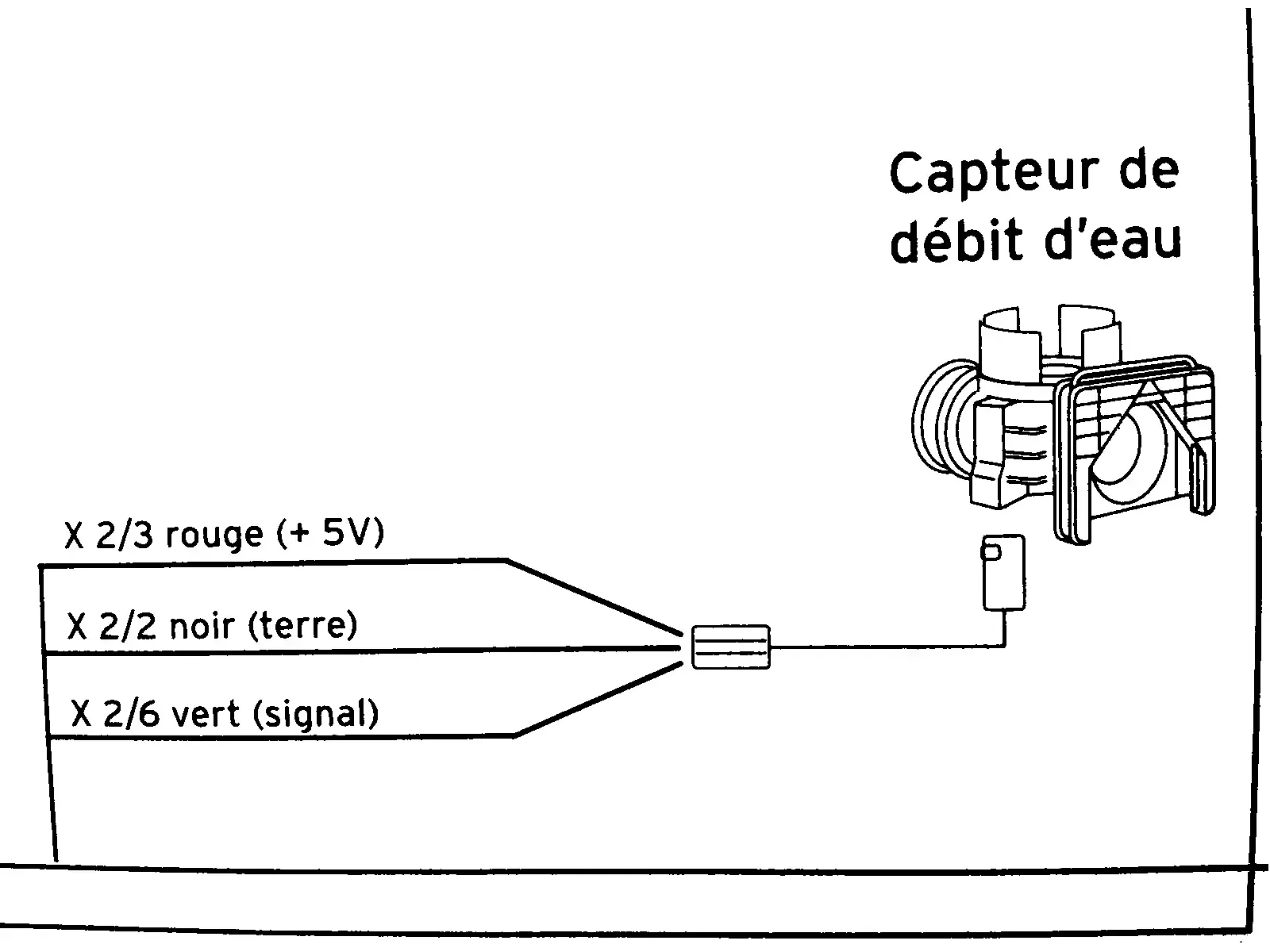That’s exactly what I did with hushmail. I would tell low-tech folks to get a hushmail account then I would use hushtools.com to do all the key management, putting my key on the keyring and grabbing their key. So the other person did not need to know anything or take any special steps. That was best option of my time. But last time I checked hushmail was still entirely non-gratis.
Protonmail emerged when HM became non-gratis and messed with hushtools. But PM requires every one of their own users to do key management which creates a barrier to entry. I would have to walk a PM user through adding my key to my record in their address book and walk them through sending me their key. That effort is a show stopper for many. I might as well walk them through setting up a PGP-capable MUA. But then if they keep their gmail or MS acct the metadata still feeds those corps.

The metadata in the headers can be avoided using Memoryhole and similar protocols which embed the headers inside the encrypted payload. The problem is again barrier to entry. Low-tech users generally can’t even handle app installs on desktops.
When you say “worry”, that’s not the right word for it. My boycott against Google is not fear-driven. I will not feed Google anything it can profit from as an ethical stance. Even if an expert linux tor user were on Google, I’m not sure we could exchange email in a way that ensures Google gets no profitable data. If we use PGP coupled with Memoryhole to strip out the headers, I’m not sure Google would accept a msg with a missing or bogus From: header. But if so, Google still possibly learns the user’s timezone. Though that may be useless if Google learns nothing else about that user. But we’re talking obscure corner cases at this point. Such an expert user would have no Google dependency anyway.
MS/google-dependent friends are generally extremely low-tech. They don’t know the difference between Firefox and the Internet. They don’t know the difference between Wi-Fi and Internet. Linux -- what’s linux? They would say. At best, they just think of it as a mysterious nerd tool to be avoided. So what can I do wholly on my end to reach them via gmail without Google getting a shred of profitable data? Nothing really. So I just don’t connect directly with a large segment of friends and family. Some of them are probably no longer reachable. Some are in touch with people who connect to me via XMPP, so sometimes info/msgs get proxied through the few XMPP users. It’s still a shitshow because Google still gets fed through that proxied inner circle of friends and family. In the past when someone needed to reach me directly, they would create a Hushmail or Protonmail mail account for that temporary purpose (like coordinating a trip somewhere). But that option is mostly dead.
I just had to reach out to plumbers for quotes. All of them are gmail-served. All I could do is refuse to share my email address and push them to use analog mechanisms. They are not hungry enough for business to alter their online workflow or create protonmail accounts.